Outsulation, Insulation for cool temperate and cold climates
The Cool Climate Condensation Challenge
Structures in cold and cooler temperate Australian climates, such as those in Tasmania and Victoria have traditionally been poorly insulted by placing insulation exclusively on the inside of the walls, floor, and roof. This technique is a significant contributor to condensation issues inside buildings.
Concrete buildings are especially susceptible to condensation problems resulting from the use of internal insulation alone. Concrete is an excellent conductor of temperature variations, so becomes cold when exposed to cool temperatures. You can expect concrete exteriors to mirror the temperature of the outside environment. When warm indoor air passes through insulation it carries indoor moisture with it depositing condensation on the cold surface of the concrete.
Where Does Condensation Form?
Condensation forms between the external cladding and wall linings for a standard wall build up with concrete and insulation, while for roofs condensation occurs between the metal roof and foil blanket.
What Problems does Condensation Cause?
- Condensation formed between the external cladding and wall linings poses health risks to the occupants, detection, and alternation of condensation can be difficult due to unseen nature of this issue.
- Visual signs of condensation related deterioration include stains and swelling of walls, due to the moisture trapped in the plasterboard lining. This is an obvious sign of moisture ingress or entrapment in the walls.
- Structural decay due to entrapped moisture causes long term corrosion to the framings of the system especially for metal structures, timber rot, rusty fixings as timber swells, and cladding rot, thus, in need of costly renovation.
- Moisture also affects energy efficiency specially with the R value of the layers due to saturation in the insulation which causes loss in the thermal performance of the product.
The Outsulation Solution
The solution to condensation problems in cold climates is to apply outsulation.
Outsulation is applied to the outside of the building between the structure and the cladding. Depending on the local climate and building use outsulation may be used in combination with insulation. A good rule of thumb is to have at least 2/3 outside and 1/3 inside for most cool and temperate climates.
Our Outsulation Products
DCT VulcanWool, a high-density mineral rock fibre thermal insulation and has the following advantages.
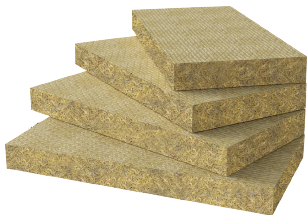
- Non-Combustible meeting Australian Standard AS1530.1
- High Density to 150kg/m3
- Compressive strength >35kpa
- Water Resistance
- Can be used in walls, roofs and floors
- Easy to cut and install
DCT XPS GA300 is an extruded polystyrene application board that provides excellent performance in roofs, walls and floors in both commercial and residential applications.
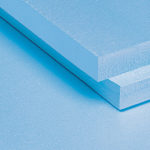
- Boards that are rot proof, stable, durable and will have a life equivalent to that of the structure in which they are incorporated.
- Excellent thermal insulation.
- Extraordinary compressive strength, able to withstand up to 70 tons m2 of downward pressure without compromising insulation effectiveness.
- The closed cell structure offers a premium level of water resistance.
- High resistance to vapour transmission.
- Various edge profiles for rapid installation.
Both DCT VulcanWool and DCT XPS GA300 are made in the EU under in licence to Australian standards for DCTech, an Australian owned and run company who employ experts in insulation and the specification and installation of the product.
Want to know more about out outsulation solutions? We invite you to download our product brochures, request an estimate or send a question to one of our product experts.



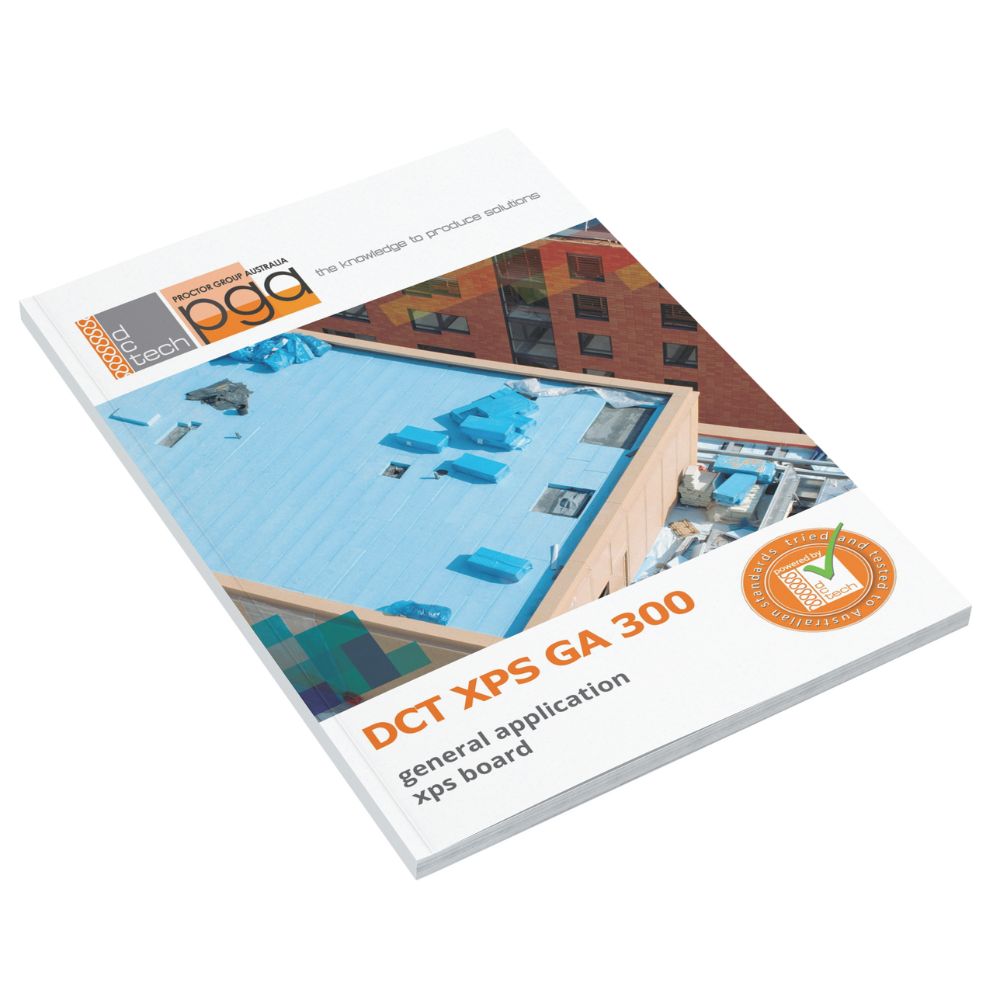

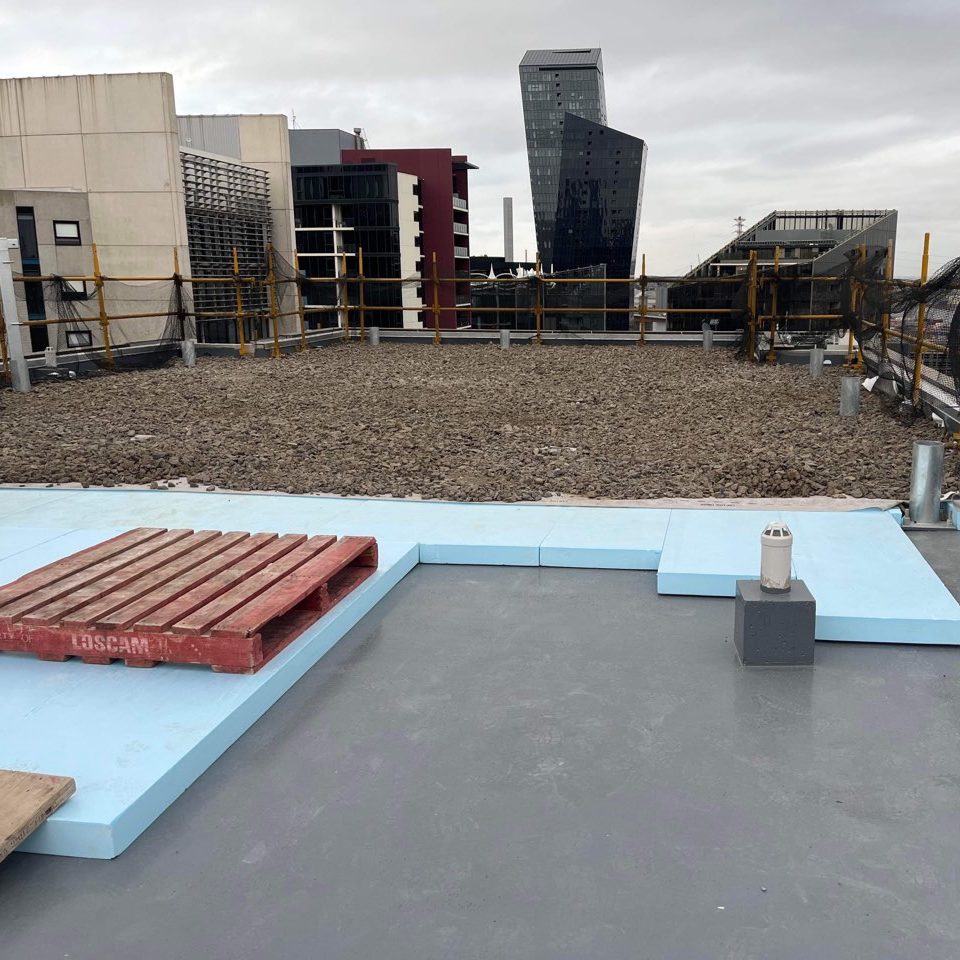
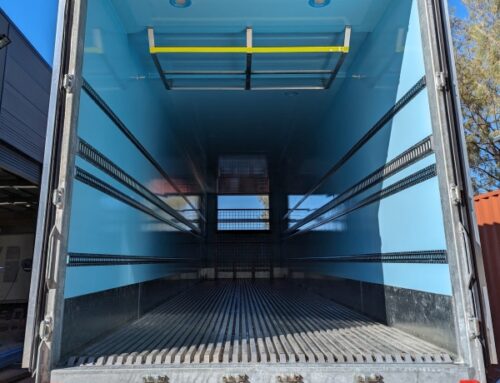
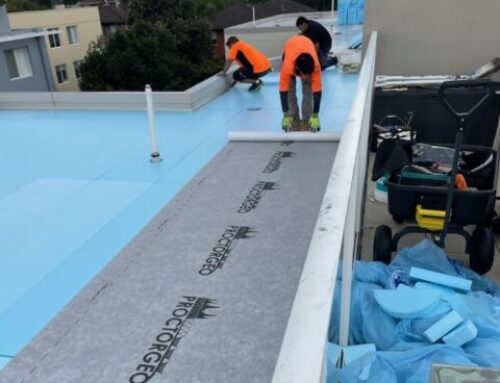
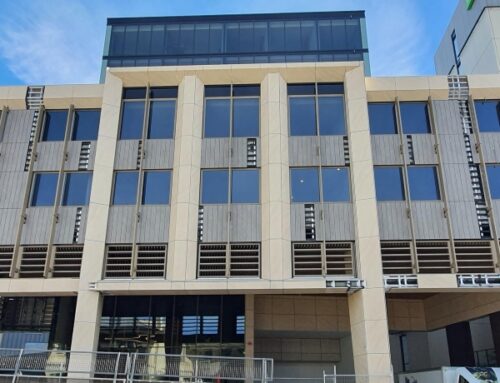


Leave A Comment
You must be logged in to post a comment.